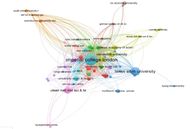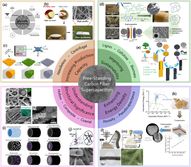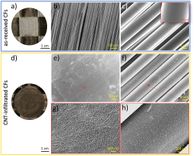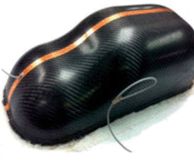BibTex format
@article{Valkova:2022:10.1016/j.compositesa.2022.106860,
author = {Valkova, M and Anthony, DB and Kucernak, ARJ and Shaffer, MSP and Greenhalgh, ES},
doi = {10.1016/j.compositesa.2022.106860},
journal = {Composites Part A: Applied Science and Manufacturing},
title = {Predicting the mechanical behaviour of structural supercapacitor composites},
url = {http://dx.doi.org/10.1016/j.compositesa.2022.106860},
volume = {156},
year = {2022}
}






